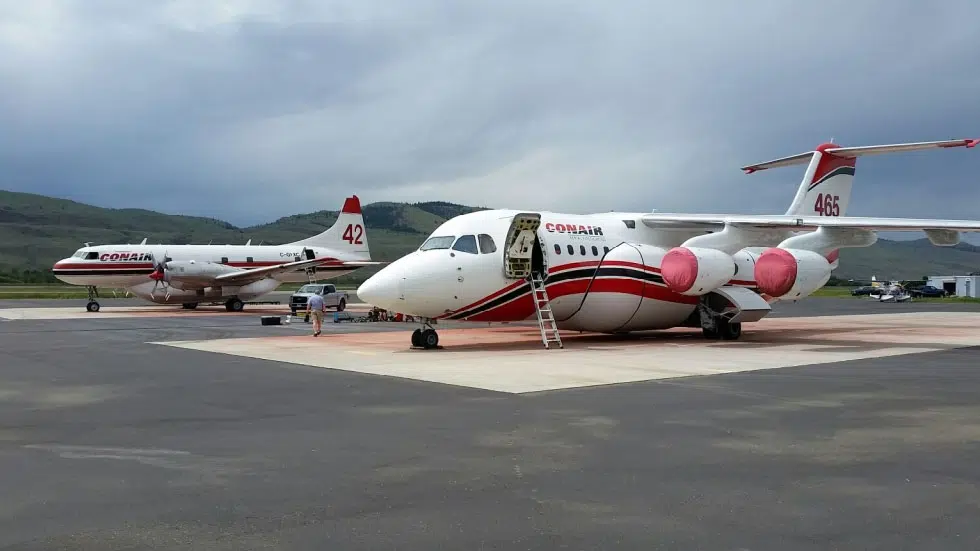
Air Tankers a critical part of BC’s wildfire season
KAMLOOPS — They play a critical role in helping battle wildfires right across the province.
With an early and somewhat volatile season already, air tankers have taken to the skies, slowing the spread of flames by dropping fire retardant and water on hotspots.
Tankers are responsible for the initial attack when fires are reported, acting as a fire guard and as an eye in the sky for crews on the ground.


